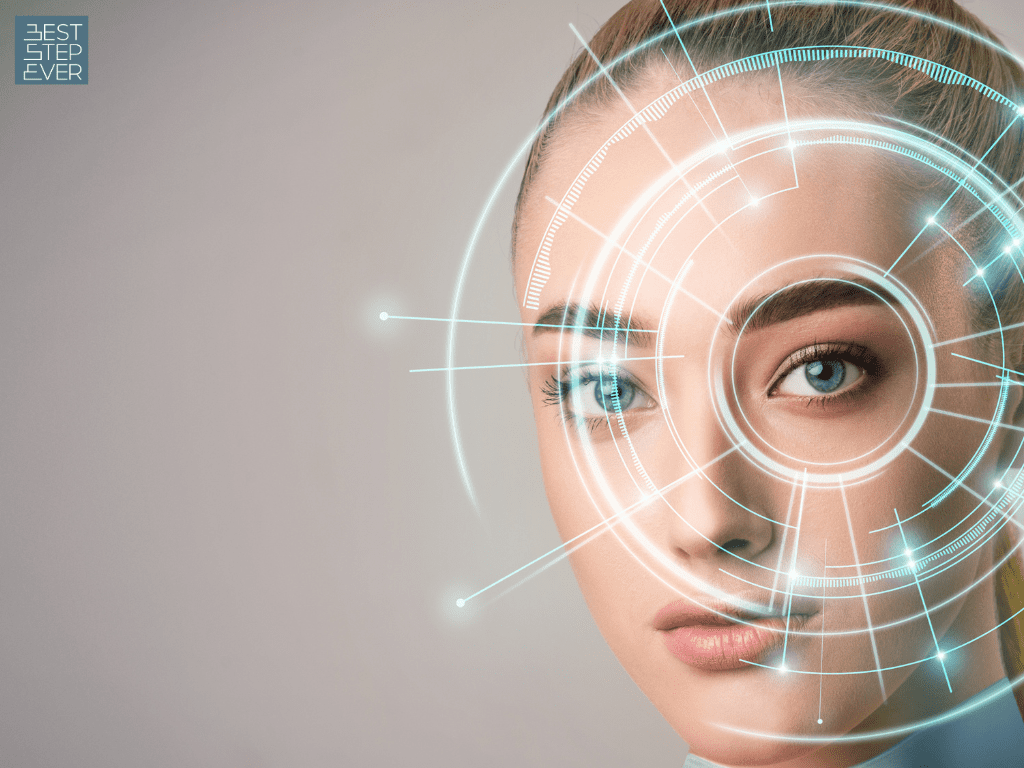While AI is advancing, it's important to address concerns about data privacy to ensure AI is used to develop, not penalize, employees.
In today’s fast-paced business world, staying competitive means continuously upskilling and adapting. Artificial Intelligence (AI) has moved beyond being a futuristic concept and is now a powerful tool reshaping learning and development (L&D). It can make learning more personalized, efficient, and effective, offering exciting potential for organizations.
However, like any transformative technology, AI comes with both promises and challenges. While it can advance learning, it can also create ethical dilemmas, especially when it comes to employee data privacy and fairness. This blog will explore seven powerful ways AI is transforming training and development right now, while also addressing key concerns employers should be mindful of to ensure AI is used responsibly.
Whether you're a business leader or an L&D professional, you’ll want to know how to harness AI’s power while avoiding potential pitfalls.
1. Personalized learning experiences

AI has transformed personalized learning by analyzing learner data, from performance metrics and preferences, to create custom learning paths that cater to each employee’s unique strengths and weaknesses. This ensures that learners, whether visual, auditory, or kinesthetic, get tailored experiences that drive engagement and accelerate learning outcomes.
However, this level of personalization comes with a warning: over-reliance on data. While AI is advancing and can offer valuable insights into individual learning needs, it’s important to avoid overreaching into employee data. Misusing or excessively monitoring personal data can erode trust. Employers need to be transparent about what data is being collected and ensure it’s being used solely for development, not for punitive measures.
For more on how AI-driven personalization works and the balance between benefits and privacy, check out this article by Intersog on personalized learning.
2. Intelligent content creation

AI is advancing and enhancing content creation in L&D, helping generate learning materials that are both relevant and up to date. Machine learning algorithms can scan vast data sources and create modules that reflect the latest trends, ensuring employees are trained on cutting-edge topics.
Yet, while AI’s ability to automate content generation is a massive time-saver, it’s crucial for organizations to retain control over the final output. AI can sometimes produce content that lacks context, potentially leading to misinformation. Human oversight is critical to ensure AI-generated materials remain accurate and aligned with organizational values.
You can explore more about how AI is advancing and streamlining content creation in this Deloitte Digital report.
3. Real-time feedback and continuous assessment

AI’s ability to provide real-time feedback is a game-changer for learning outcomes. Employees no longer have to wait for periodic assessments; they receive instant feedback, helping them adjust strategies on the fly and master skills more quickly.
However, continuous tracking also raises concerns about surveillance. While real-time feedback can improve learning, it’s important that organizations don’t use this data to micromanage or monitor employees inappropriately. Feedback should be used to assist growth, not to penalize employees for mistakes or weaknesses. Striking this balance is essential to maintaining a supportive learning environment.
For more on how real-time feedback is reshaping training, see this Harvard Business Review study.
4. AI is advancing so why not automate your administrative tasks!

AI’s impact isn’t limited to learning content, it’s also transforming the administrative side of L&D. Routine tasks such as scheduling, tracking progress, and compliance management can be automated, saving time and reducing human error.
While this automation can reduce administrative burdens, it’s vital for organizations to be mindful of the potential risks of over-delegating decision-making to AI. Over-reliance on AI for tasks such as certification or performance tracking could unintentionally penalize employees due to errors or biases in algorithms. Organizations should maintain a human-in-the-loop approach, ensuring that AI supports decision-making rather than fully replacing human oversight.
A PwC AI survey reveals the significant cost savings organizations are achieving through AI in administrative functions.
5. Enhanced gamification

AI is taking gamification to a new level by personalizing the experience for each learner, making learning more engaging. Platforms can adjust challenges based on an employee’s progress, providing a tailored, dynamic learning journey.
While gamification can boost motivation, it’s important that the incentives remain aligned with learning goals rather than encouraging unhealthy competition. AI-driven gamification should focus on rewarding meaningful progress and improvement rather than merely pushing employees to outperform their peers. Employers should be aware of the potential for increased stress or burnout if gamification is not managed carefully.
Read more on how to use AI and gamification in learning here at LearningGuild.
6. Virtual reality (VR) and augmented reality (AR) integration

Virtual and augmented reality, powered by AI, are transforming skills training, offering immersive simulations that provide hands-on experience in a controlled environment. AI enhances this by adapting scenarios based on real-world data, creating lifelike training opportunities.
However, organizations should remain cautious of the high costs and potential privacy concerns linked to VR and AR technologies. Data collected during VR training can reveal detailed insights into employee behaviour, raising questions about how that data is stored and used. Transparency and ethical use are critical when integrating these advanced tools into the training ecosystem.
Explore PwC’s VR training study for more on how VR is reshaping training.
7. Predictive analytics for future skills gaps

AI’s predictive analytics can forecast future skill gaps by analyzing workforce data, helping organizations proactively design training programs to prepare employees for upcoming challenges.
While predictive analytics can guide long-term strategy, there’s a risk that such data could be used punitively, for instance, to identify employees for downsizing based on projected skills gaps. Employers should use this data to develop staff, not to penalize or replace them. Ethical use of predictive analytics means focusing on employee growth, ensuring that the data is used to uplift rather than harm.
Check out Forbes’ article on predictive analytics for workforce planning for more insights.
As AI continues to advance, its impact on learning and development will only grow. However, businesses must remain vigilant to ensure that AI is used responsibly, safeguarding employee data and ensuring that these technologies enhance, rather than harm, the workforce. By balancing AI’s power with ethical considerations, organizations can reap the benefits of this transformative technology while fostering a positive and productive learning environment.


